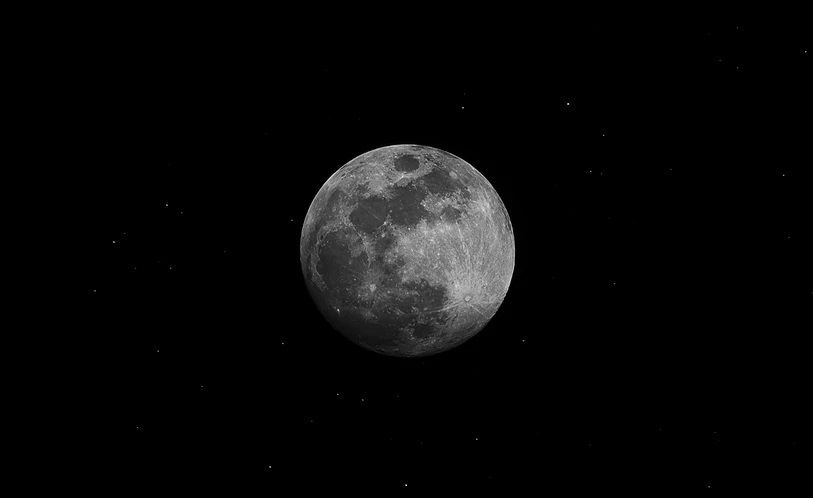
NASA signed two new agreements related to its lunar Artemis-program this week as NASA Administrator Jim Bridenstine met online first with Marcos Pontes, Brazilian Minister of Science, Technology, and Innovation (and former astronaut), and later with Lisa Campbell, President of the Canadian Space Agency (CSA). Both agreements further NASA’s collaboration with these countries in the new era of Moon exploration, making the return to the Moon an increasingly international space adventure.
The agreement with Brazil is a Statement of Intent by nature. According to the NASA press release announcing the agreement, Brazil aims to be the first South American country to sign NASA’s Artemis Accords, which would mean that the country agrees to the terms and conditions for participation in the Artemis program already agreed to by 8 countries. Brazil has also expressed interest in contributing to the Artemis program with a robotic Moon-rover.
I’m excited to sign a joint statement of intent with @Astro_Pontes @mctic as Brazil prepares to join a growing family of nations to sign the Artemis Accords! @NASA looks forward to working with @espacial_aeb on the #Artemis program. https://t.co/czvbOHa9sM
— Jim Bridenstine (@JimBridenstine) December 14, 2020
The agreement with Canada confirms that Canada will contribute to the lunar Gateway – the planned space station to orbit the Moon – with an external robotics system featuring a new Canadarm robotic arm that will do work on the outside of the Gateway. This new arm, Canadarm3, will be the successor of the Canadarm2 robotic arm that operates on the International Space Station (ISS). In the press release announcing the agreement, NASA reveals that the Gateway will also feature special connection interfaces for Canadarm3 so that the arm will be able to switch positions and move around on the Gateway’s exterior. According to SpaceNews, the arm will also feature AI technologies to let the arm support operations at the Gateway when nobody is there.
Today, @NASA and @CSA_ASC announced an agreement between the U.S. and Canada to collaborate on the #Artemis Gateway.
The Gateway will enable sustainable lunar exploration and a platform to demonstrate technologies needed for human missions to Mars. https://t.co/RQo6yRnYBF pic.twitter.com/0W53p2SfxV
— NASA’s Artemis Program (@NASAArtemis) December 16, 2020
In return for Canada’s engineering contributions, Canada will get two flight opportunities on the Artemis missions for Canadian astronauts. The agreement confirms that one of these will be on Artemis II, meaning that a Canadian astronaut will join on the first crewed spaceflight to the Moon since the 1970’s. The Artemis II mission, scheduled for 2023, will go and orbit the Moon. It won’t land on the Moon, though. That’s the job of the Artemis III mission in 2024.
The other Canadian astronaut will fly on a later, unspecified mission to the Gateway, similar to what has been agreed for ESA astronauts going to the Moon with Artemis. No names have been mentioned yet, but Canada today has four active astronauts and the one flying on Artemis II will most likely be one of them. The Canadarm3 robotic arm is scheduled to be transported to the Gateway in 2026 on a SpaceX Dragon XL cargo spacecraft.
These new agreements, albeit just a Statement of Intent in the Brazilian case, reinforce the international nature of the project that will take humanity back to the Moon in this decade. That alone is a positive development. The more teams across the globe cooperate to make the lunar return happen, the sooner we’ll get there. The delays caused by the COVID-19 pandemic has raised some doubts whether the timelines are now too harsh and whether the possibility for a lunar return in 2024 has already slipped through our fingers. These international partnerships make it possible for more countries to work towards the common goal, thereby restoring the optimistic outlook for the first woman and next man to walk on the Moon in four years from now.




